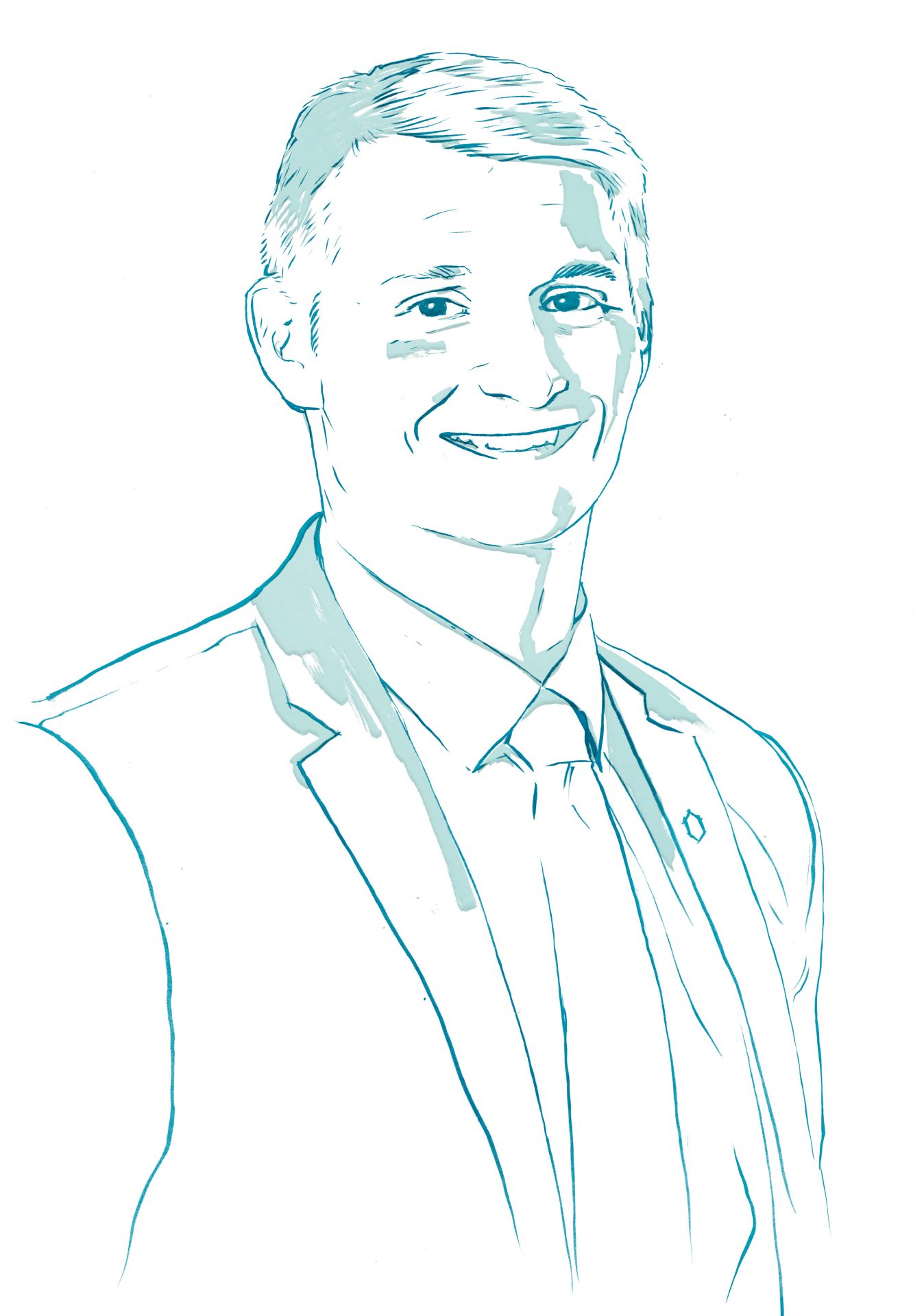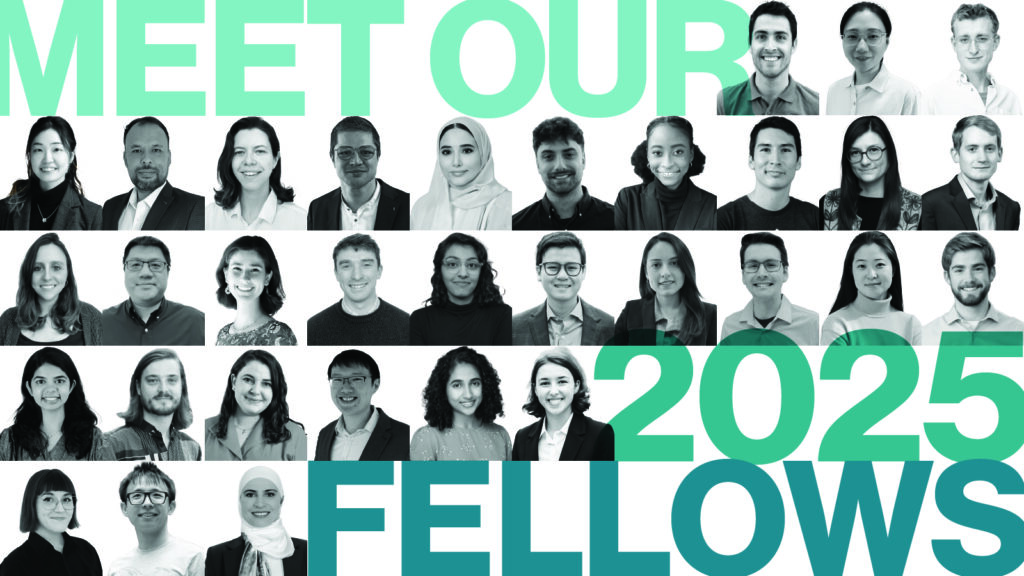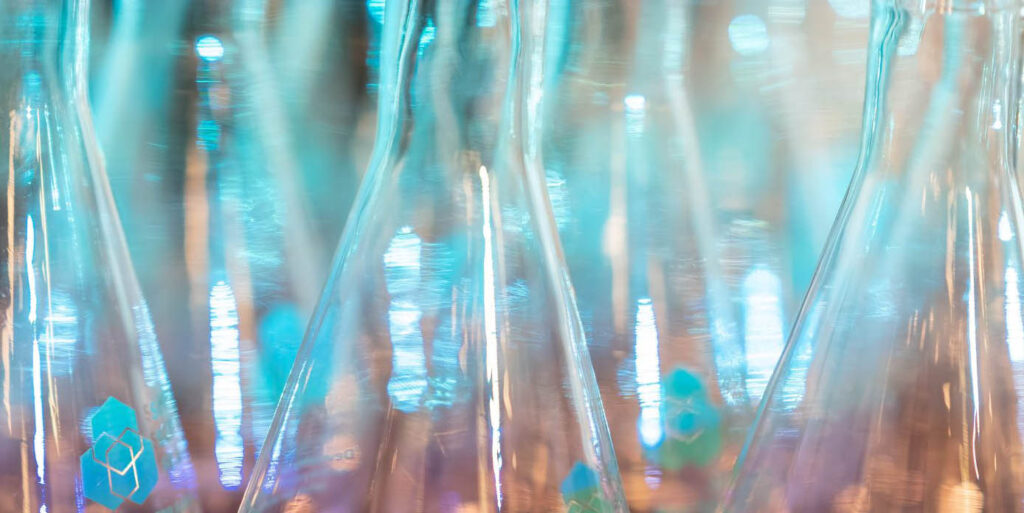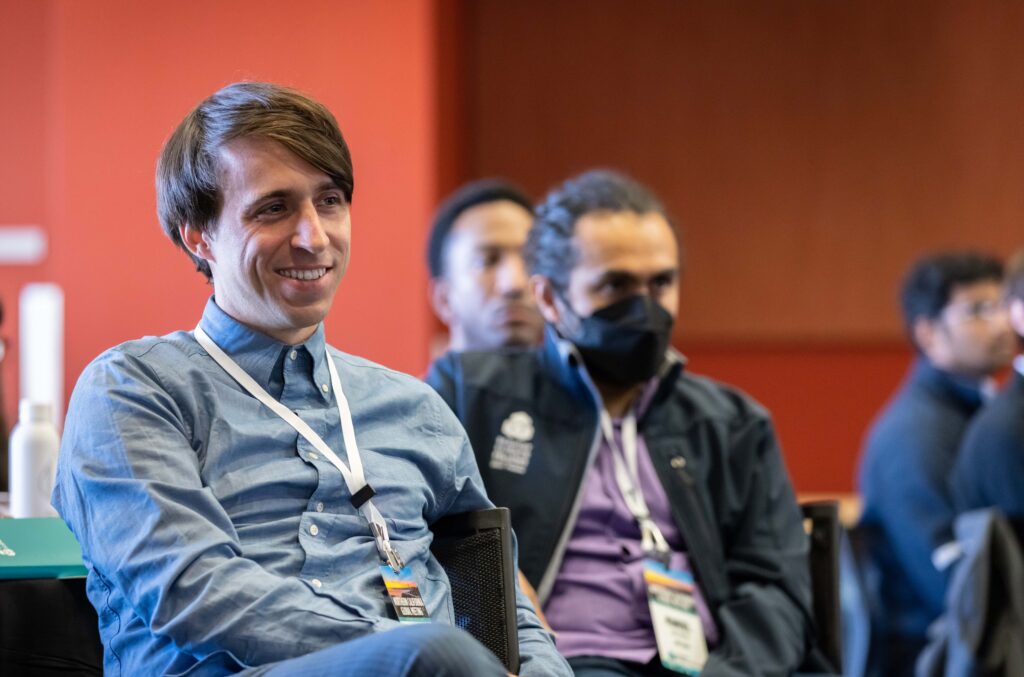This case study features in the Schmidt Science Fellows Annual Report 2018-2019.
During his PhD, Dr. Hal Holmes developed a DNA ‘barcode’ reader to help identify the origin of naturally-derived products being traded around the world. While the device showed promise, he found extracting samples for DNA analysis for some products challenging. As a 2018 Fellow, Hal pivoted to spend a year at Virginia Tech exploring how techniques being tested for cancer therapeutics could help him to quickly extract DNA samples.
Hal Holmes, a 2018 Fellow, has dedicated himself to advancing and deploying science to halt at least one of the drivers of species extinction – the huge and growing illicit trade in endangered species. He wants to perfect technology that would choke off demand for this trade, thereby reducing the incentive to destroy valuable and rare habitats for profit.
Hal completed his PhD in bioengineering at the University of Washington in 2018, working on a project to develop a DNA ‘barcode’ reader. The thinking behind the development of the device was to provide agents at ports, border posts, and truck checkpoints with a way of quickly and easily checking the provenance of natural products through DNA analysis.
During his PhD, Hal and his colleagues made strong progress on the DNA screening tool itself, but it became clear to him that obtaining samples, particularly from challenging products such as timber, was a crucial bottleneck. With support from Schmidt Science Fellows, he spent a year in the lab of Dr. Eli Vlaisavljevich at Virginia Tech. The lab is primarily focused on the use of ultrasound to create collapsing bubble clouds (cavitation) that hold the promise of a non-invasive way to treat cancer tumors.
We are now moving much faster on my project by taking an interdisciplinary mind-set and that is directly linked to the lessons I learned in my Fellowship. This has had a direct impact on how I structured my team and my thinking.
Hal says: “My work up until the Fellowship was focused on microfluidics and microfabrication and Eli’s work is focused on ultrasound based technology which is a completely different world of disciplines to what I had been exposed to, and so I learned a new skill set that I found to be incredibly valuable for conservation.”
He spent his placement year developing the engineering and the protocols that would allow the ultrasound technology to be deployed as a means of DNA extraction, alongside the ‘reader’ device.
Eli welcomed Hal into his lab and recognized the mutual benefit in having a different skill set in the team: “Having Hal in the lab has been an excellent experience. We are both extremely interested in pursuing new technologies to solve large global problems in medicine, conservation, and other areas, and we share an understanding of the interdisciplinary and team science approach that is required to reach those goals. Hal brought a completely new set of expertise to my lab, along with an entirely new research direction for us to pursue together.”
Hal is now serving as Chief Engineer of Conservation X Labs, the nonprofit dedicated to driving technology and innovation to combat the extinction crisis. He is co-leading a lab that he helped to establish in Seattle. Supported by the Gordon and Betty Moore Foundation as one of the 2018 Moore Inventor Fellows with a $825,000 grant, he is perfecting his DNA screening tool to produce a marketable device.
“We are now moving much faster on my project by taking an interdisciplinary mind-set, and that is directly linked to the lessons I learned in my Fellowship. This has had a direct impact on how I structured my team and my thinking.”



